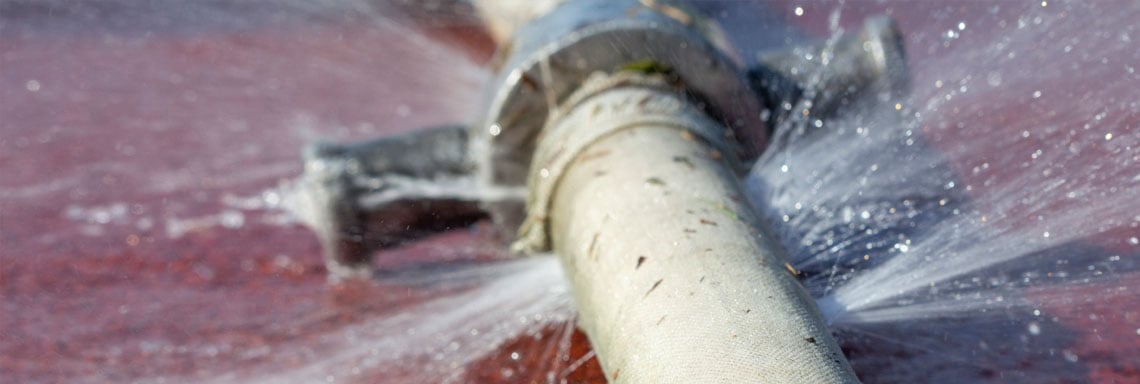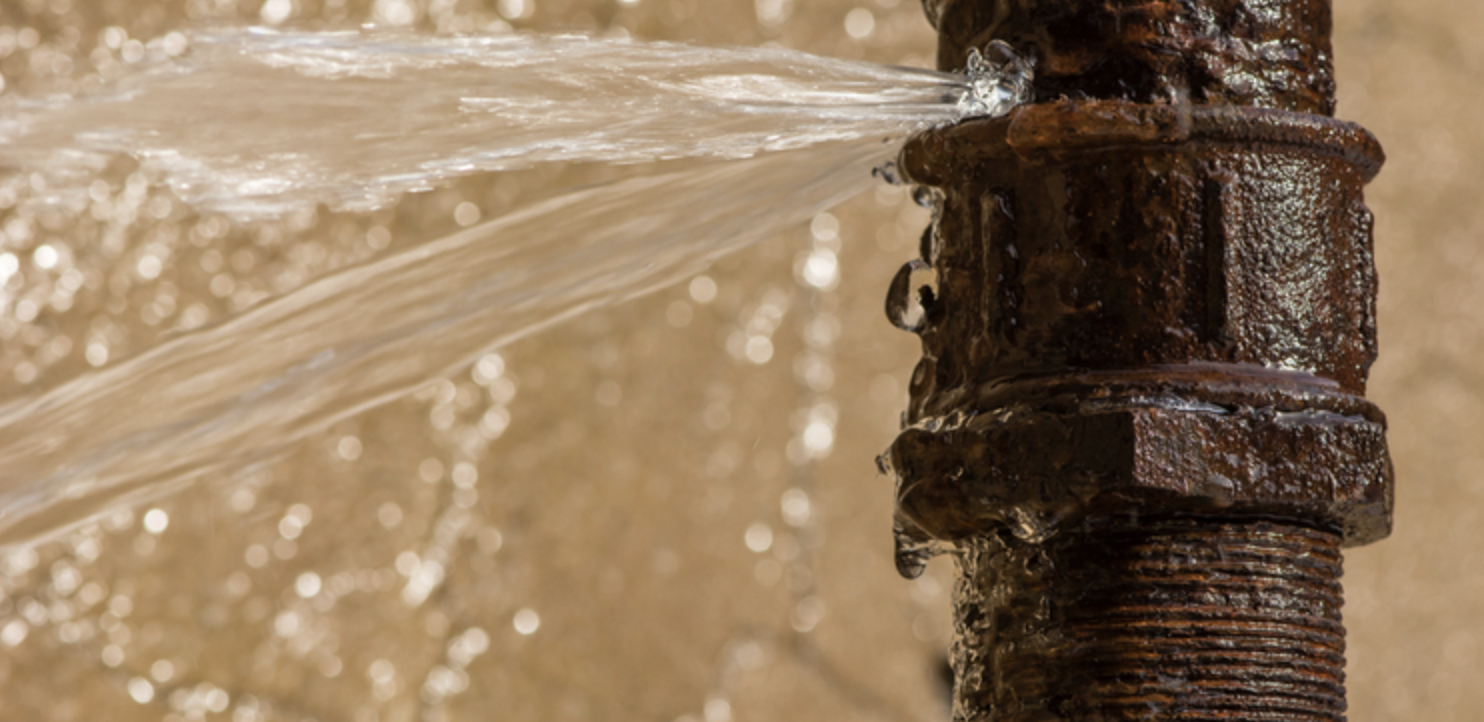Right here down the page you might get a bunch of good quality insights about The Do s And Don ts After Water Damage.

What should you do if a pipes bursts in your residence, developing a mini-waterfall as well as flooding an area of your residence? In this scenario, you should act quick. The longer you wait, the a lot more severe the water damage in your property. When an emergency such as this happens, presence of mind is key. For these factors, you need to learn what to in case of a ruptured water pipe. Because time is of the significance, examine out the adhering to ideas listed below to aid you act fast.
Shut Off the Key Waterline Valve
Look for the regional shut-off valve to turn-off water in one details location only. This will certainly cut off the water in your whole house. Typically, the primary valve is located outside the residence next to the water meter.
Call Water Damage Repair Pros for Aid
After closing the water source, call the pros for help. With their expert aid, you can mitigate worsening due to the fact that water can permeate with your points resulting in deformed walls, loosened tiles, or damages framework.
File the Damage For Insurance policy
As you are awaiting the pros to show up, record the damages triggered by the errant pipeline. Take images as well as video clips of everything. Do closeup shots of belongings. These points will act as proof for your house owner's insurance. Staying proactive with this enables you to sue for coverage, which will aid you and also your family members come back on your feet.
Recover Things That Can Be Saved
Peruse the items and take out the most crucial ones from the pile when you're done taking pictures. Dry them off and attempt to preserve as high as you can. Drag them far from wetness so they can start to dry out.
Start the Drying Process
While waiting for the pros, you can start the drying out process. Fortunately, water from your waterlines are tidy so you do not need to worry about sewage system water. The moving water might have disrupted the dirt as well as debris in your floorboards and rugs. Be prepared with gloves as you use containers to dispose out the water. Blot out as a lot as you can with old towels. You can also activate an electric fan or open windows to advertise air flow. This will quicken drying out as well as prevent mold and also mildew growth.
Specialists are the only ones certified to take care of the burs pipes and succeeding damages. You will normally see red flags like bubbling paint, unusual sounds in the plumbing, musty smell, caving ceiling, peeling wallpaper, or water discolorations.
What should you do if a water pipe ruptureds in your house, developing a mini-waterfall and swamping an area of your house? For these factors, you need to discover what to in instance of a ruptured water pipeline. After closing the water source, call the pros for aid. With their professional assistance, you can mitigate worsening because water can seep with your things resulting in deformed baseboards, loose floor tiles, or damages structure. Fortunately, water from your waterlines are tidy so you do not have to stress about sewer water.
Steps to Deal with a Burst Pipe and a Flooded House
Disconnect your electrical
To prevent electrocution, make sure the electrical systems in your home are turned off. Do not wade into standing water with the power on. If water is blocking your path to your breaker box, look for a main shutoff on the exterior of your home or call an electrician.
Stop the source of the flooding
If your flooding is caused by a burst pipe or valve rather than an act of nature, it should be fairly easy to stop at its source. Just turn off the main water shutoff valve. Some homes have a valve located near where the main water line enters your home, while other homes have a valve attached or adjacent to a water meter, which is sometimes buried near the street.
Call your insurance company
Your water damage will most likely be covered under your homeowners insurance policy. The first step to start the claims process is to call your insurer to let them know about the situation. To make sure that your claim is successful, ask your insurer whether a claims adjuster needs to visit your home to document the damage before you begin the cleanup and repair process, or if your photos of the damage will suffice.
Document everything
No matter what your insurer says, it's always a good idea to carefully document all the water damage to your home to assist with your insurance claim. Simply take photos and videos with your phone and make note of everything the water touched, including your possessions and the structure of your home itself.
Remove standing water
If the water is primarily in your basement, and you have a floor drain, you may be able to use a squeegee mounted on a handle (pick one up at any hardware store) to push water to the drain, or use a mop and bucket. With most of the standing water removed, use a wet-dry vac (make sure to remove the filter for dry vacuuming) to start removing water from harder-to-reach areas.
Start drying out your home yourself
While you are waiting for your contractor to get started, you can begin the process of drying out your home by following these steps: a) open your windows to let moist air escape; b) start as many dehumidifiers as possible; c) cycle your HVAC system between heating (to 80 degrees) and cooling (to 60 degrees), which pulls moisture into the air and then removes it. You can rent industrial-size blowers and dehumidifiers to speed up the drying process.
Prevent mold and mildew caused by water damage
The damage to your home and property is only half the battle. If not properly dealt with, water damage can have farther-reaching effects on your home and health in the form of toxic mold and mildew. In fact, these secondary effects are often worse than the initial property damage, so it's important to take them seriously and dry out the affected areas as quickly as possible. If a surface can't be dried quickly, it should be removed and discarded. If you are working with a water damage cleanup company, they will have the proper equipment to dry out your home. If you are cleaning up the water damage yourself, be sure to educate yourself on how to remove and repair wet drywall and insulation, as well as flooring.
https://www.crddesignbuild.com/blog/10-steps-to-deal-with-a-burst-pipe-and-a-flooded-house

As a serious reader on What You Should And Shouldn t Do When Dealing With Water Damage, I figured sharing that article was really useful. Do you know anybody else who is in to the topic? Be sure share it. Many thanks for your time. Don't forget to stop by our website back soon.
Immediate plumbing assistance for emergencies.
 Danny Pintauro Then & Now!
Danny Pintauro Then & Now! Bill Murray Then & Now!
Bill Murray Then & Now! Kerri Strug Then & Now!
Kerri Strug Then & Now! Naomi Grossman Then & Now!
Naomi Grossman Then & Now! Peter Billingsley Then & Now!
Peter Billingsley Then & Now!